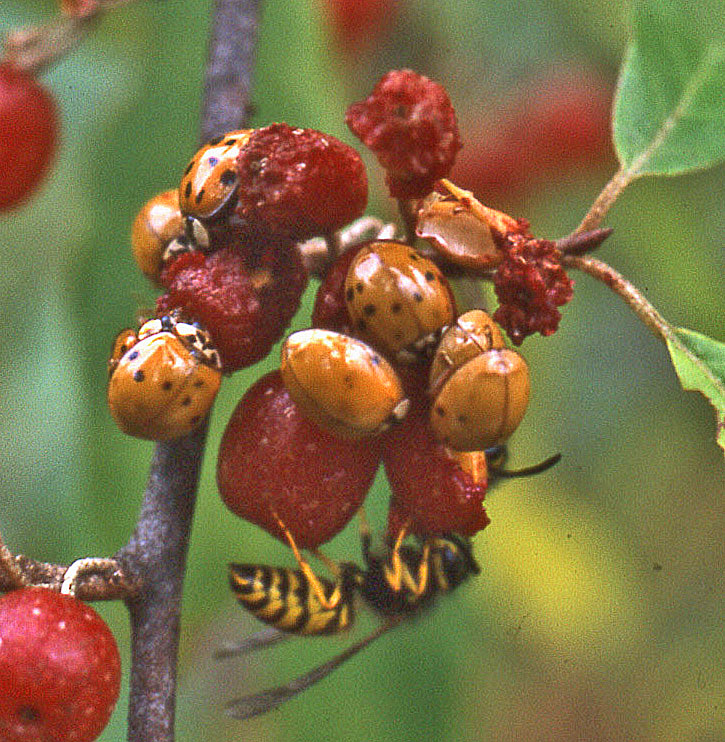
Bug o’the Week – Drumming Katydid
Howdy, BugFans,
Sometimes you go looking for insects, and sometimes the insects find you. The BugLady came back to her car from the Post Office one sunny afternoon in August and discovered this stunning katydid sitting above the driver’s door of her car. Keeping one eye on traffic, she managed to get a few shots of it before moving it to a nearby hydrangea.









